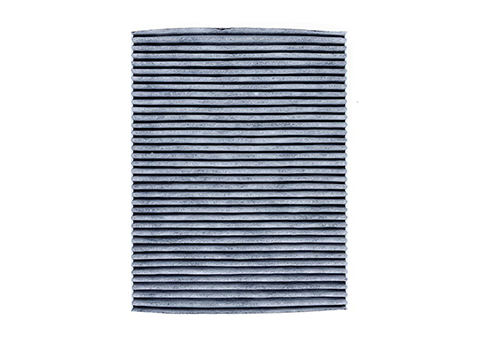Activated Carbon for Air and Gas

Activated Carbon for Air & Gas Filtration
Activated Carbon has been used for over 100 years for gas filtration. The porous structure allows for a very high surface area, and the surface activity of the carbon attracts and holds molecules, thereby removing them from the air stream. Impregnated carbons have chemical reagents applied in a uniform manner, throughout the carbon structure, so that specific contaminants passing through the carbon bed react and are thereby removed.
The highly microporous structure of our coconut shell carbons is particularly suited to the removal of small molecules such as volatile organic compounds. The activity is very precisely specified for a particular application, and the high density and hardness provide for a robust bed which is resistant to rough usage. Alternatively, in car or room air filtration applications, the high purity and low dust content allow the carbons to be easily incorporated into laminated media, which is then pleated to allow maximum surface area and minimum pressure drop. The wide variety of available impregnation treatments broadens the range of applications to include many other organic and inorganic contaminants.
In air filter design, it is important to correctly balance the requirement to maximise gas sorption capacity whilst minimising flow resistance. Our carbons are available in a very wide range of size distributions to allow the filter designer to optimise this aspect.
Air and Gas Uses
- Gas purification in the chemical and pharmaceutical industries
- Removal of mercury and other contaminants from flue gases
- Collective protection filters for ships, vehicles and buildings
- Car cabin and room air filters
- Fume cupboards used in universities, schools, hospitals and industrial laboratories
- Respiratory protective devices such as gas masks
- Compressed air filters for high purity industrial or breathing air
- Removal of specified contaminants during nuclear power generation operations
- Evaporative Loss Control Devices for vehicles







